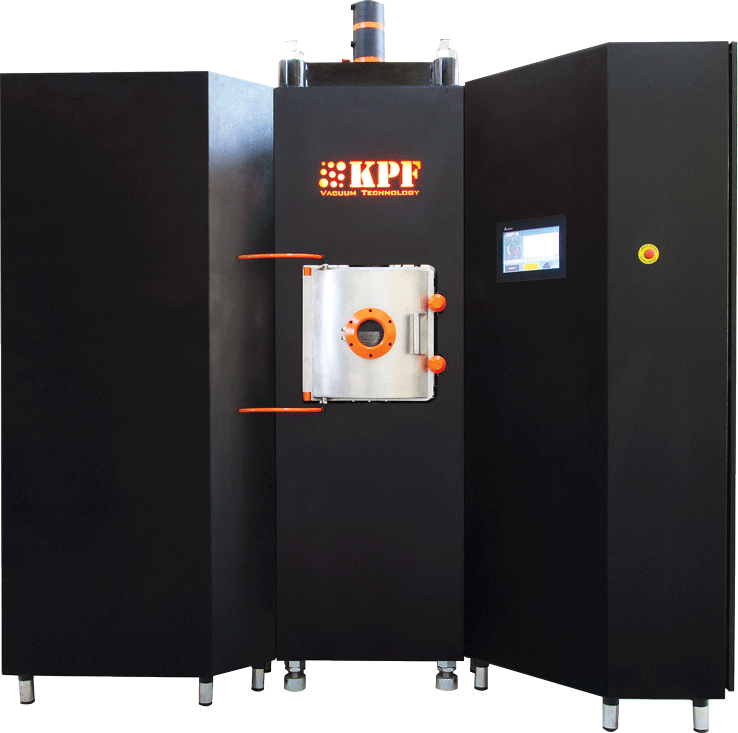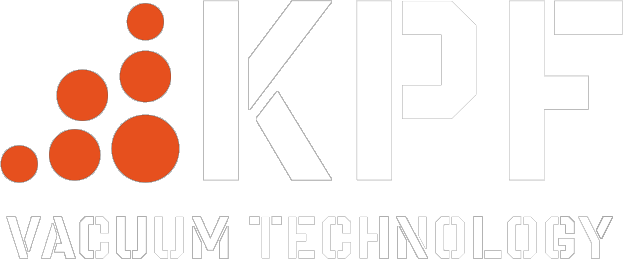NANOZINT
SERIES

Spark Plasma Sintering (SPS)
Applications
- Advanced ceramics
- Functionally Graded Materials
- Nano-structural pieces
- Hard Metals
- Porous materials
- Biomaterials
- Amorphous materials
- Pieces used in the electronics, optics and electro-optics industries
- Diamond tools
- Operating temperature up to 2500
- Vacuum degree: 5*10-2 mbar
- Argon/Nitrogen gas entry (and the other gasses, if needed)
- Force application system up to 10 ton
- Adjustable punch speed and hydraulic force from 0 to 10 ton
- Punch position control system by accuracy of 100 μm
- Punch position instantaneous measurement during sintering
- Double-walled water-cooled stainless steel chamber equipped to self-locked
- door and sensor and seeing window
- Easy accessibility for placing and fixing the mold
- Temperature measurement by thermocouple up to 800°C with automatic arrivals and departures without vacuum breaking
- Temperature measurement by pyrometer from 800°C to 2500°C with measurability of mold center temperature
- Pulsed DC power supply with accurate adjustable pulse width on/off (1…780 ms)
- Increasing heating rate up to 1000 °C/min
- Induction heating system with cooled-water furnace and adjustable temperature up to 2300°C
- Usability of induction heating system solely, as an induction vacuum furnace
- Ability to combine pulsed DC system with induction heating system
- Ability of automatic arrivals and departures of induction heating system
- Ability to set all sintering parameters
- Programmable sintering cycle
- Fully automatic control of system with programmable central controller and all necessary safeties
- Commanding and monitoring with touchscreen 10 inch TFT
- Cooling system to protect the sealing and packing at elevated temperatures
- Fast sintering
- No need for initial shaping
- Sintering of similar and dissimilar materials
- Easy to use
- Full density and controlled porosity
- Low operator cost
- Forming powders in final or near final shape
- Minimal grain growth and maintenance of nanometer structure


